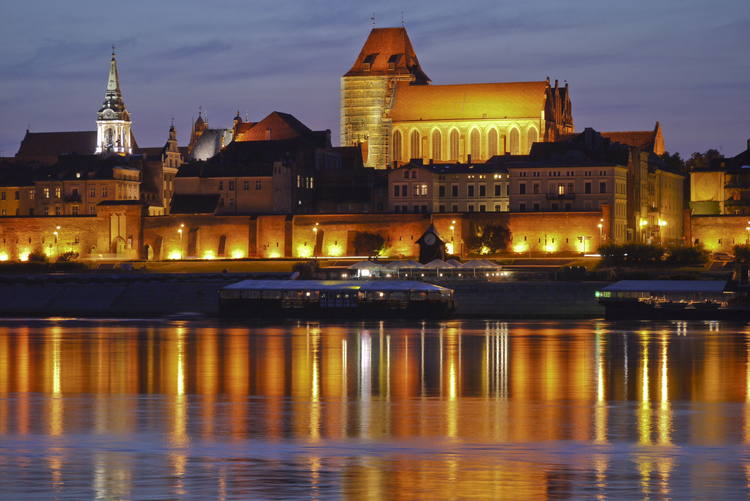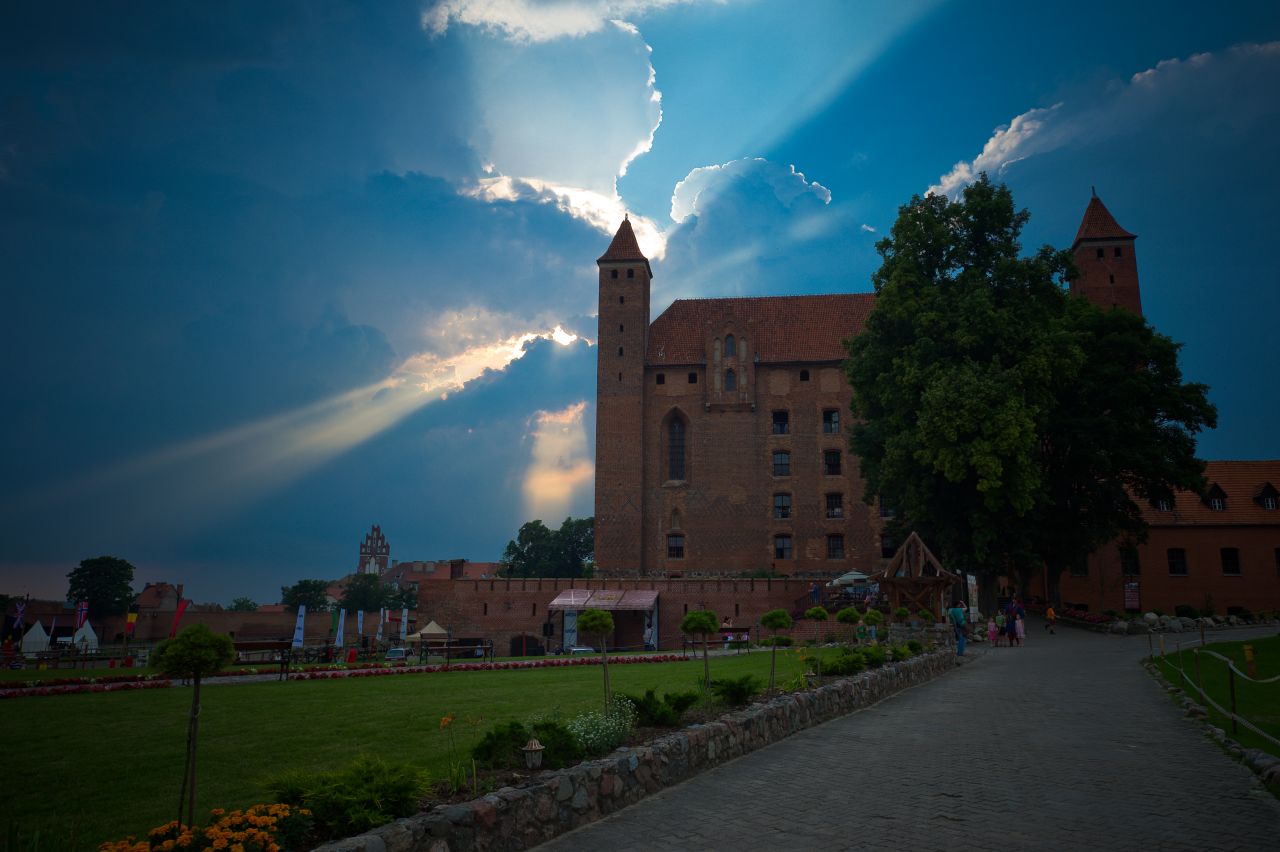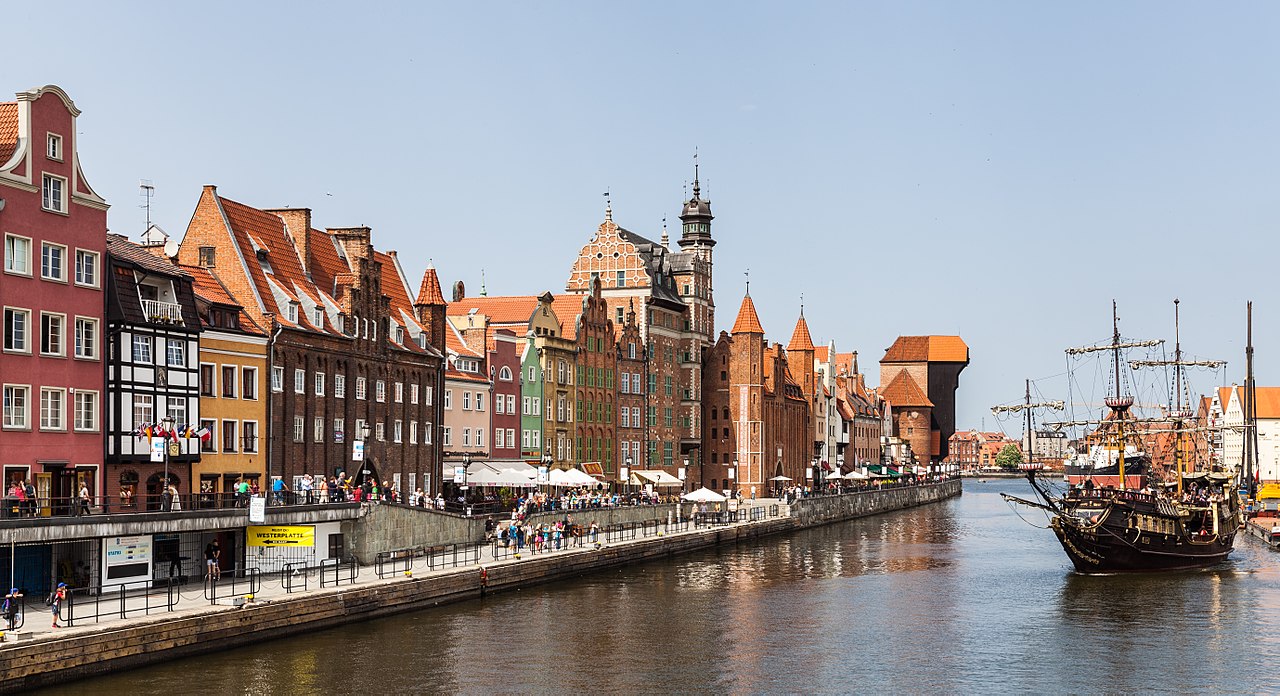HOUSING
Holiday Inn★★★★
Grodzka 36, 85-109 Bydgoszcz, Poland
Holiday Inn hotels are a popular brand of the hotel chain : InterContinental Hotels Group. Its hotels accept more guests than any other group hotels. Holiday Inn hotels are fully prepared for the needs of both guests traveling on business as well as those who wish to relax in a pleasant atmosphere and take advantage of the attractions offered by the hotel, such as luxurious restaurants, room service, MiniGym.
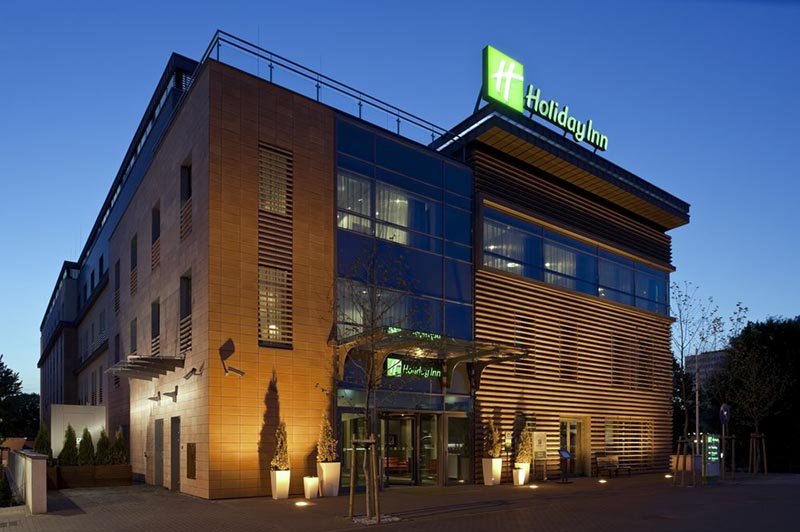
TRAVEL AND HOST CITY
- CLOSEST AIRPORTS:
- BZG Bydgoszcz - 11 km to the venue - Holiday Inn Hotel Bydgoszcz. How to get:
- By bus. The bus stop is located on the right side of the terminal building.
- By taxi.
- POZ Poznan 135km from Bydgoszcz. How to get:
- By bus.
- By train.
- GDN Gdansk 160km from Bydgoszcz. How to get:
- By bus.
- By train.
- WAW Warsaw - country hub airport - 300km from Bydgoszcz. How to get:
- By bus.
- By train.
INFORMATION ABOUT BYDGOSZCZ
Bydgoszcz is the capital city of the kujawsko-pomorskie voivodeship. A city with the population of 358 thousand it has three state universities and sixteen other universities and colleges. It was granted municipal rights by king Casmir the Great in 1346 and has since grown to the rank of a dynamically developing economic centre. The city is home to many international companies that deal with electrotechnical industry, telecommunications and banking, such as Nokia, Tyco Electronics, Atos Origin and JP Morgan Chase. It is also worth knowing that the Old Market Square is crossed by the 18 meridian East. However, the place that actually contains a display of this geographical curiosity is Mill Island. A number of museums, the proximity of the Opera and the numerous festivals and concerts that take place in the amphitheatre make this place the cultural centre of the city.

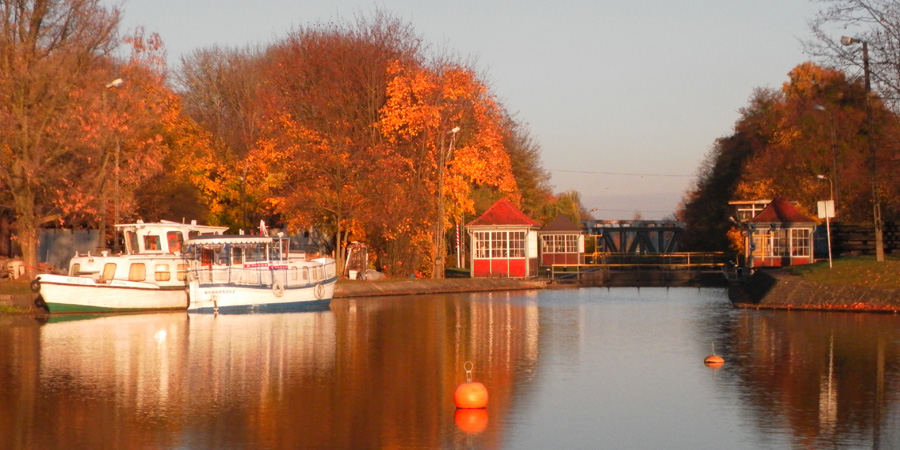
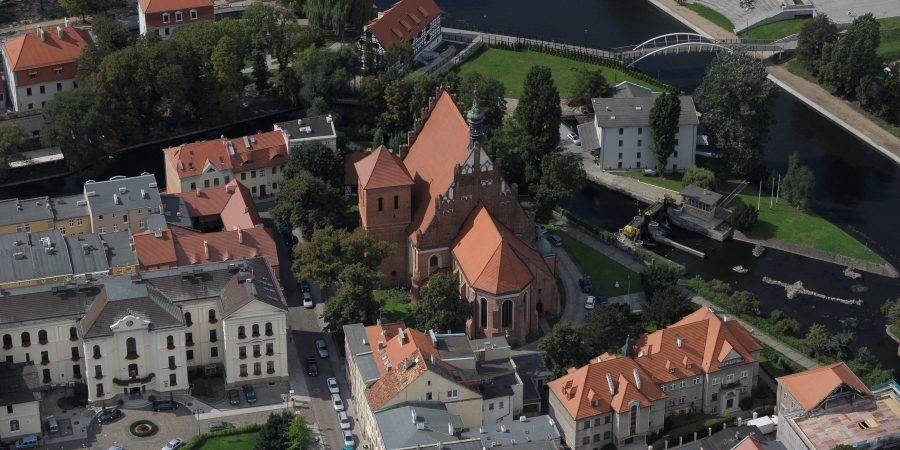
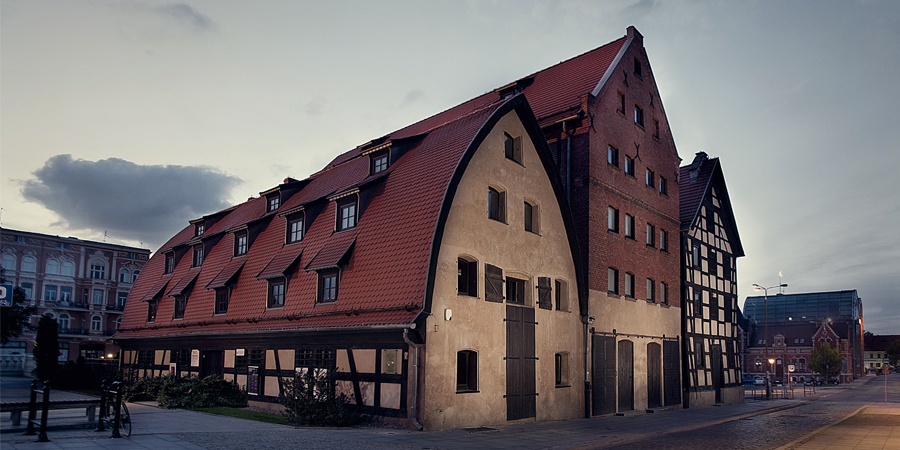
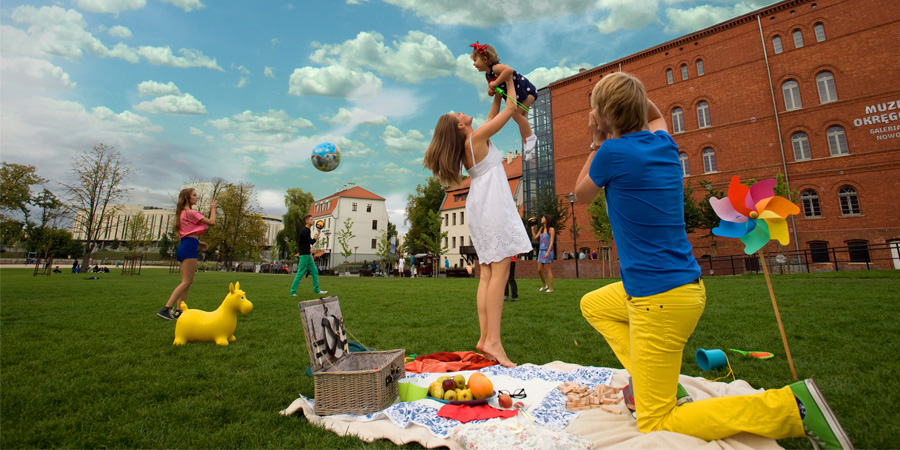
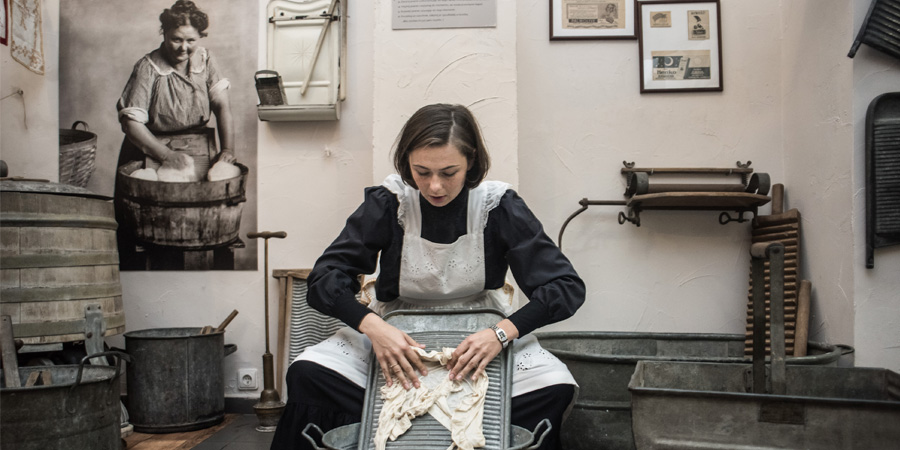
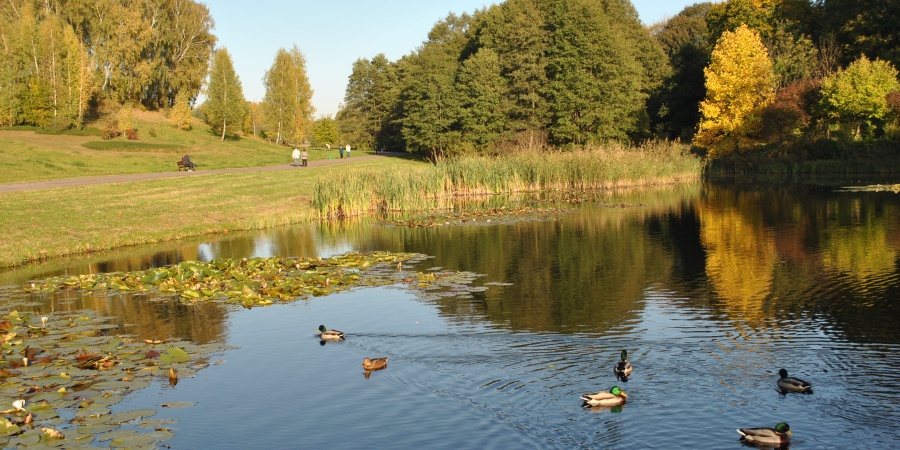
PLACES TO SEE
